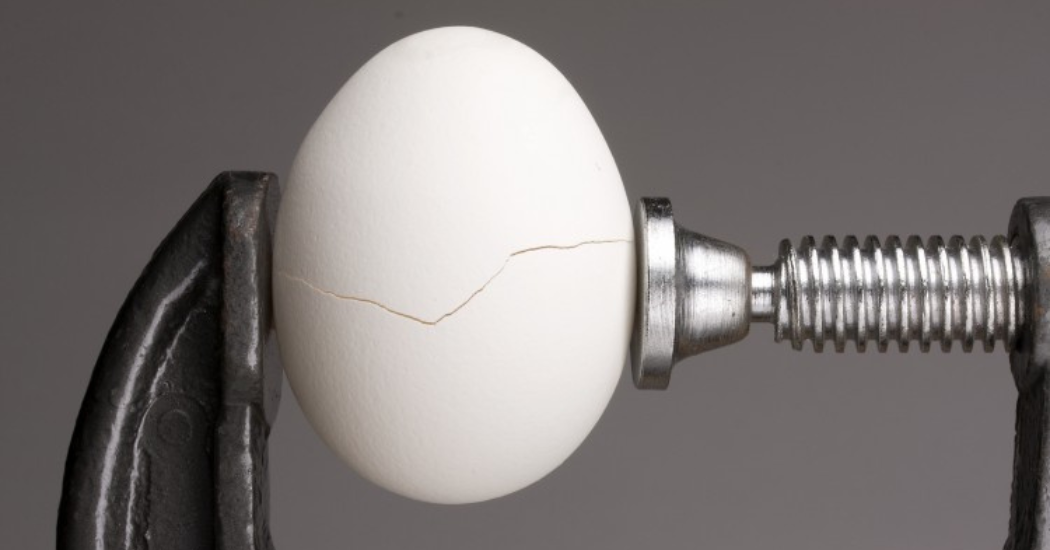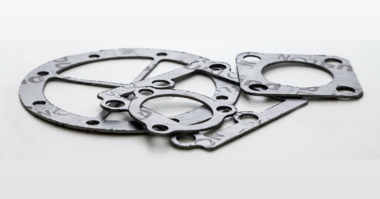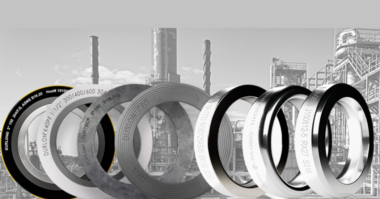Gasket stress is a very important parameter that describes the unit load of a bolted joint surface because each type of gasket material responds differently to gasket stress. Soft and conformable gaskets may seal at low gasket stress where hard metal gasket may require much higher stress. It is always important to contact gasket manufacturers to determine the recommended gasket stress and/or how the gasket will react with the load that is available.
There are 4 aspects to gasket stress
1. Conforming to flange surface
A flange surface will never be perfect. There could be pitting or corrosion that affects the surface, requiring the gasket to have enough compression to form and fill the voids.
2. Block the gaskets material permeability
The gasket needs to be able to block any permeability in the gasket body. The permeability through gaskets are different for each material. The rate of leakage decreases as the compressible load increases. The required stress is dependent on the permissible leakage requirements determine by the end user, such as a T3 tightness level (0.00002 mg/sec/mm-dia).
3. Withstand internal pressure
The gasket needs to be able to withstand internal pressures acting upon it. The minimum compressive stress needs to be high enough to maintain the friction that is needed to keep a gasket from blowing out. This is more common for non-metallic gaskets that has internal pressures that are dependent on friction.
4. Temperature
Temperature is an important factor when determining gasket stress. When temperature is elevated it will cause gasket relaxation and relaxation in the bolt load. When installing the gasket, it needs to have a high enough stress that will compensate for this. Therefore, it is always important to retorque the gasket 4 to 24 hours at ambient temperature after installation.
There are different types of stresses that occur in a system; minimum seating stress, ideal operating stress, minimum operating stress and maximum operating stress specific to a given gasket material. The values for these stresses can be found in ASME PCC-1.
- Minimum Seating Stress
Occurs when there is an assumption of little or no pressure for the gasket to be able to conform to the flange. - Minimum Operating Stress
This is dependent on the design pressure of the assembly. - Maximum Assembly Gasket Stress Is the stress that could damage the integrity of the gasket to affect the ability to maintain a seal.
The target stress to be used will allow for optimal performance and sealability. This will be at a value that is not too high to cause damage to the gasket but at the same time, allow enough load to the gasket.
It is always important to properly install a gasket. If done correctly, with adequate gasket stress and proper procedures, be assured that the gasket is given the best chance for a leak free service life.
Learn more about Gasket Installation Procedures.





Comments